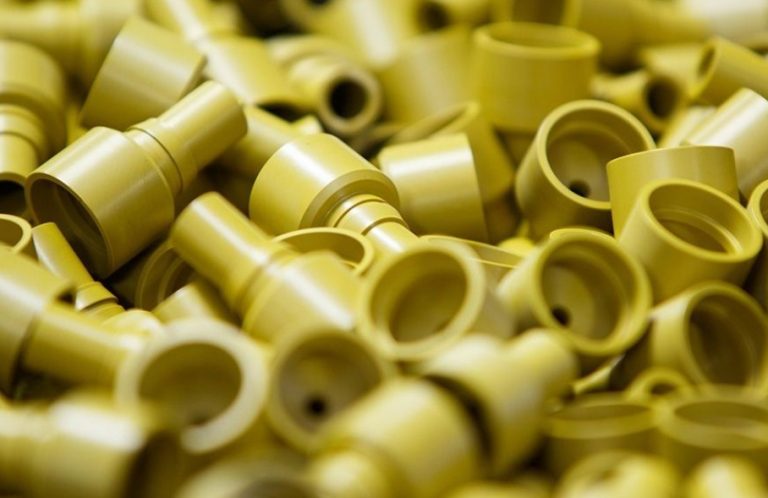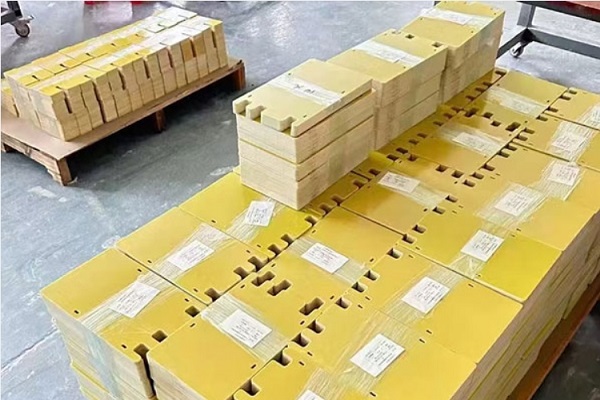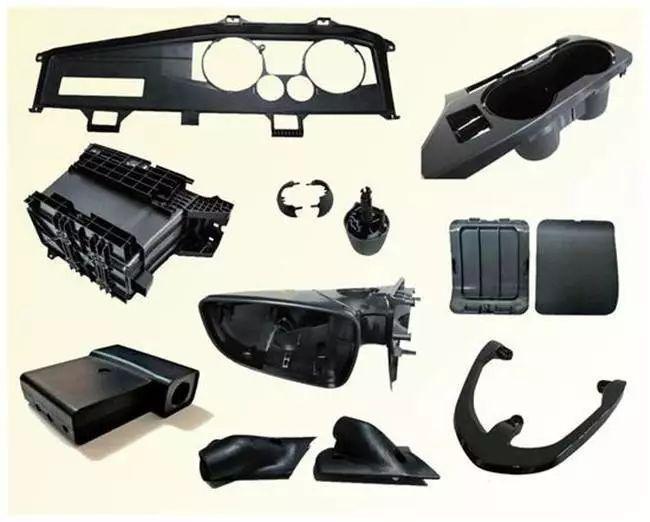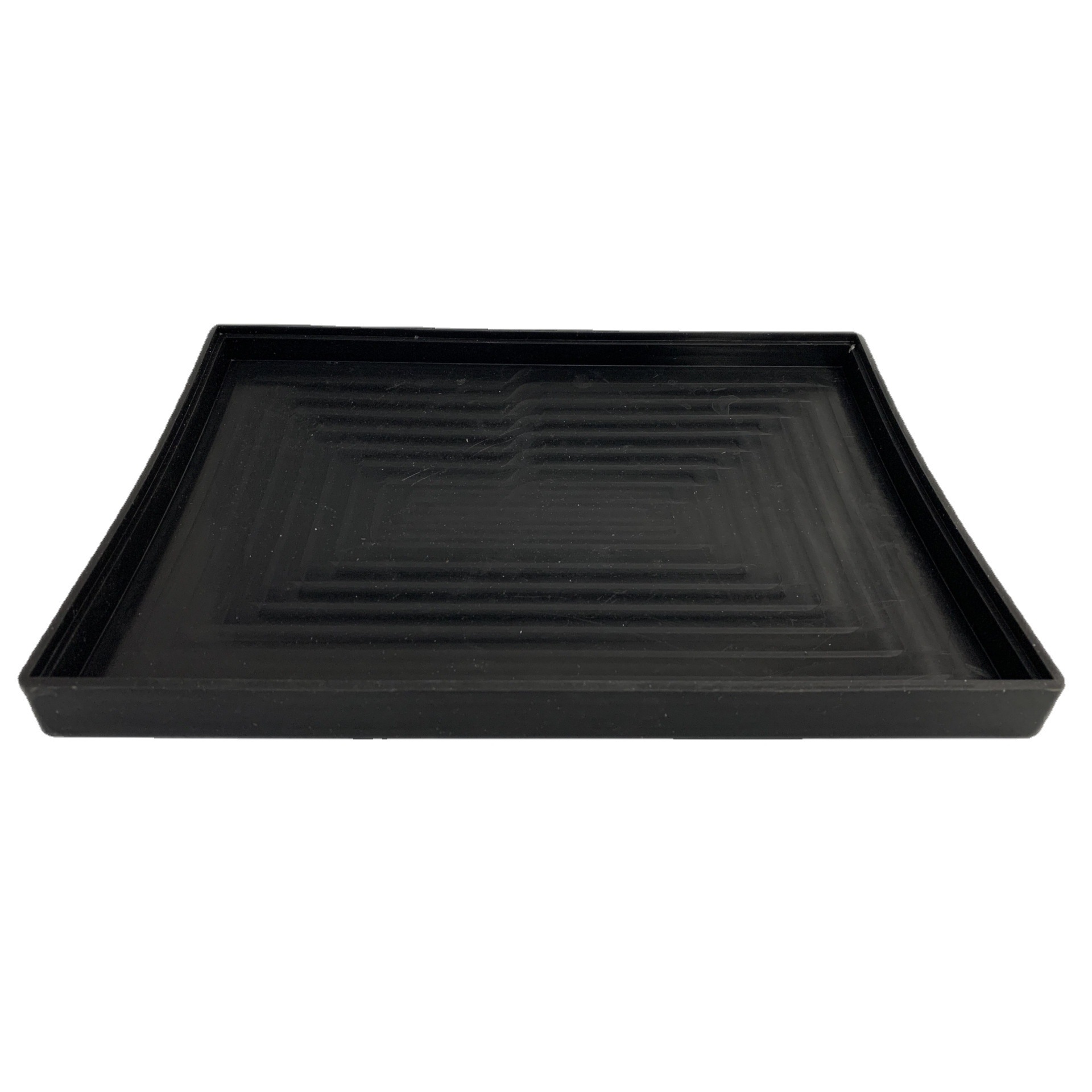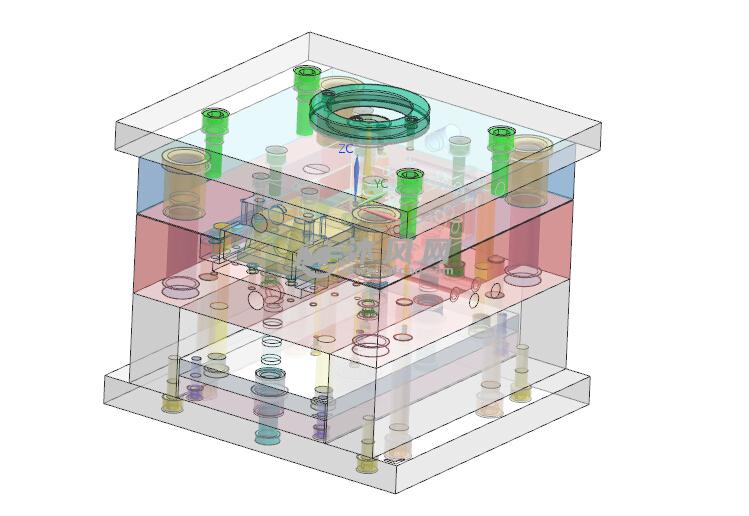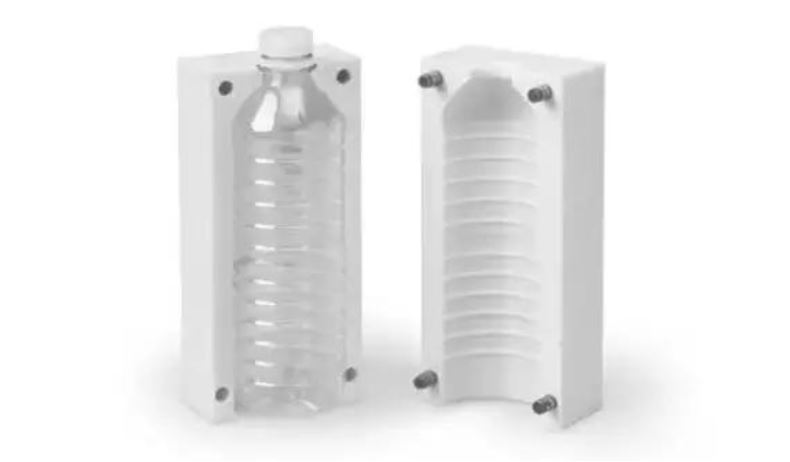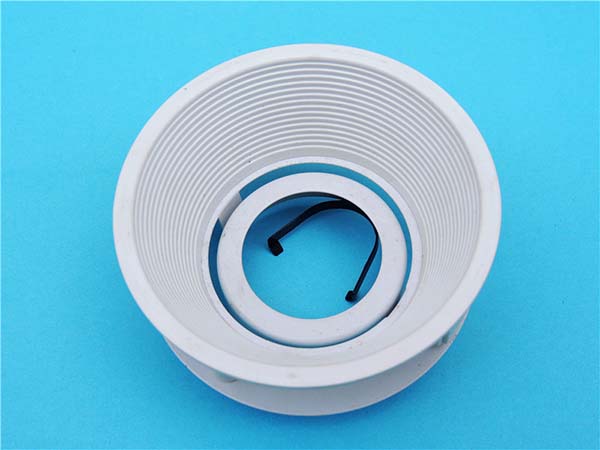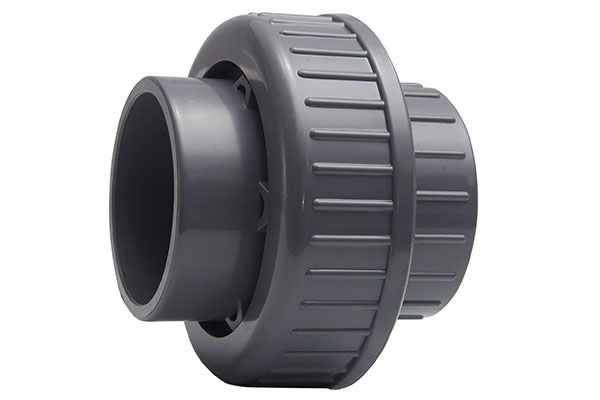What is Custom Plastic Injection Molding?
Custom plastic injection molding is a manufacturing process that creates custom - designed plastic parts. It's widely used in various industries, from consumer electronics to automotive, and even in medical device manufacturing. For instance, the casings of your smartphone, the interior components of your car, and many disposable medical tools are often made through this process.
The basic process begins with plastic granules. These granules are typically made from polymers such as ABS (Acrylonitrile Butadiene Styrene), polyethylene, or polypropylene. First, the plastic granules are fed into a heated barrel. Inside the barrel, the temperature is carefully controlled to melt the plastic into a viscous, flowing state. This heating process usually ranges from 150°C to 350°C, depending on the type of plastic.
Once melted, the plastic is then forced, under high pressure (usually between 10,000 and 20,000 psi), into a pre - designed mold cavity. The mold cavity is an exact negative of the final part you want to create. It can be a simple shape, like a small plastic toy, or an extremely complex one, such as a multi - component automotive interior piece.
After the mold is filled with the molten plastic, it is allowed to cool. This cooling process is crucial as it determines the final shape and quality of the part. Cooling can be facilitated by circulating cool water or air through channels within the mold. Once the plastic has solidified enough, the mold opens, and the newly formed plastic part is ejected.
This process allows for the creation of parts with high precision and repeatability. The tolerances achievable in custom plastic injection molding can be as low as ±0.001 inches, making it suitable for applications where accuracy is paramount.
The Steps Involved
Design Phase
The design phase is the cornerstone of custom plastic injection molding. Designers must consider multiple factors to ensure the final product meets all requirements. Functionality is a primary concern. For example, if you're creating a component for a medical device, it needs to perform its intended function flawlessly. This might involve ensuring proper fluid flow channels for a syringe or the correct fit for a joint in a prosthetic part.
Appearance also matters, especially for consumer products. Aesthetically pleasing designs can attract more customers. Think about the sleek and stylish casings of modern smartphones; their appealing look is a result of careful design.
(Dimensional accuracy) is another crucial aspect. High - precision parts, such as those used in aerospace or electronics, demand tight tolerances. Designers use Computer - Aided Design (CAD) software to create detailed 3D models of the mold. CAD software like AutoCAD or SolidWorks allows for precise measurements, easy modification of designs, and the ability to visualize the final product from different angles. It also enables designers to perform simulations to predict potential manufacturing issues, such as areas of stress concentration or improper material flow during the injection process.
Mold Manufacturing
Mold manufacturing is a complex and highly precise process. The quality of the mold directly impacts the quality of the final plastic parts. The materials used for mold construction are typically high - strength metals, such as steel (including P20, H13, etc.) or aluminum. Steel is often preferred for its high durability and ability to withstand the high pressures and temperatures during the injection molding process. Aluminum, on the other hand, is lighter and has better thermal conductivity, which can lead to faster cooling times, but it may not be as durable as steel for long - term, high - volume production.
To create the mold, various advanced machining techniques are employed. Computer Numerical Control (CNC) 加工中心(machining centers) are widely used. These machines can precisely cut and shape the mold material based on the CAD design. They can perform operations like milling, drilling, and boring with high accuracy, often achieving tolerances within ±0.001 inches.
电火花加工(Electrical Discharge Machining, EDM) is another important technique, especially for creating complex shapes or intricate details that are difficult to achieve with traditional machining methods. EDM works by using electrical discharges to erode the metal, creating the desired shape in the mold. This method is particularly useful for making fine details, such as the small vents in a mold or the detailed patterns on a plastic toy.
Injection Molding Process
The injection molding process consists of several key steps, each with a significant impact on the quality of the final product.
- Plastic Granule Melting: First, the plastic granules are fed into the heated barrel of the injection molding machine. The temperature inside the barrel is carefully adjusted according to the type of plastic being used. As mentioned earlier, different plastics have different melting points, typically ranging from 150°C to 350°C. For instance, ABS plastic usually melts around 200 - 250°C. The melting process is crucial as it transforms the solid plastic granules into a viscous liquid that can be easily injected into the mold. If the temperature is too low, the plastic may not melt completely, leading to inconsistent flow and defects in the final product, such as voids or uneven surfaces.
- (High - Pressure Injection): Once melted, the plastic is forced into the mold cavity under high pressure. The pressure, usually between 10,000 and 20,000 psi, ensures that the molten plastic fills every nook and cranny of the mold. The injection speed also plays a role; too fast an injection can cause air to be trapped inside the mold, creating bubbles in the plastic part, while too slow an injection may result in incomplete filling of the mold.
- (Packing and Holding Pressure): After the mold is filled, a holding pressure is applied. This pressure helps to compensate for the shrinkage of the plastic as it cools and solidifies. If the holding pressure is insufficient, the final product may have sink marks or be under - filled. On the other hand, excessive holding pressure can cause the plastic to be over - compressed, leading to internal stresses and potential warping of the part.
- (Cooling): Cooling is a critical step as it determines the final shape and quality of the plastic part. During this stage, the mold is cooled, usually by circulating cool water or air through channels within the mold. The cooling rate must be carefully controlled. A too - fast cooling rate can cause the plastic to shrink unevenly, resulting in warping or cracking of the part. Conversely, a slow cooling rate can increase the production cycle time, reducing efficiency.
- (Ejection): Once the plastic has cooled and solidified enough, the mold opens, and the newly formed plastic part is ejected. Ejection is typically achieved using ejector pins or plates. The design of the ejection system is important to ensure that the part is removed from the mold without damage. If the ejection force is not evenly distributed, the part may break or deform during the ejection process.
Yigu Technology's Perspective
As a non - standard plastic metal products custom Supplier, Yigu Technology has distinct advantages in custom plastic injection molding. We are equipped with advanced injection molding machines and precision - machining tools, which are crucial for ensuring high - quality production. Our professional team consists of experienced designers, skilled technicians, and dedicated quality control personnel.
With years of experience in the industry, we have successfully completed numerous projects for various clients. We offer a one - stop service from the initial design concept to the final production. Our designers work closely with clients to understand their needs and create optimized designs. During production, our technicians strictly control the process parameters to ensure product quality, and our quality control team conducts rigorous inspections at every stage.
Moreover, we are committed to meeting the delivery time promised to clients. Through efficient production management and supply chain coordination, we ensure that products are delivered on time, helping clients keep their projects on schedule.
FAQs
What factors should be considered when choosing a plastic material for custom injection molding?
When choosing a plastic material for custom injection molding, several factors come into play. Product performance is crucial. For example, if the final product needs to withstand high mechanical stress, materials with high strength and toughness, like polycarbonate (PC), are preferred. PC has excellent impact resistance, making it suitable for applications such as safety goggles or electronic device housings. Resistance to chemicals is another aspect. Polypropylene (PP) is known for its good chemical resistance, so it's often used in containers for storing various chemicals.
Cost is also a significant consideration. Some plastics, like polystyrene (PS), are relatively inexpensive, which makes them a great choice for mass - produced, cost - sensitive products such as disposable cutlery. However, more specialized materials with unique properties may come at a higher price.
The processing characteristics of the plastic material matter too. The material's 流动性(fluidity) affects how easily it can be injected into the mold. Materials with high 流动性(fluidity), such as polyethylene (PE), are easier to process and can fill complex mold cavities more effectively. On the other hand, materials with low 流动性(fluidity) may require higher injection pressures or more precise mold designs.
How can I ensure the quality of custom plastic injection - molded products?
Ensuring the quality of custom plastic injection - molded products involves several key steps. Mold design is fundamental. A well - designed mold with proper venting, uniform cooling channels, and accurate cavity dimensions is essential. For example, if the cooling channels are not evenly distributed, the plastic part may cool unevenly, leading to warping or internal stress.
Material selection is equally important. Using high - quality, consistent materials is crucial. Make sure the plastic granules are free from contaminants and have the correct properties for the intended application. For instance, using recycled plastics may require extra care to ensure they meet the quality standards for the product.
(Strict control of injection molding process parameters) is necessary. This includes controlling the temperature of the plastic in the barrel, the injection pressure, the holding pressure, and the cooling time. For example, if the injection pressure is too low, the mold may not be completely filled, resulting in an incomplete part.
Quality inspection at every stage of production is vital. Use inspection tools such as calipers for dimensional measurements, and optical inspection equipment to check for surface defects like scratches, cracks, or voids. Additionally, sampling and testing a certain percentage of the production run can help identify any potential quality issues early on.
What is the approximate lead time for custom plastic injection molding projects?
The lead time for custom plastic injection molding projects can vary significantly depending on several factors. Mold manufacturing is often the most time - consuming part. If the mold is complex, with intricate details or multiple cavities, it can take longer to machine. Simple molds may be completed in a relatively short time, perhaps within 1 - 2 weeks. However, more complex molds can take 3 - 4 weeks or even longer.
The complexity of the product also affects the lead time. Products with simple shapes and few features can be produced more quickly. In contrast, highly complex parts, such as those with internal channels, undercuts, or tight tolerances, require more precise molding and potentially additional processing steps, which can extend the production time.
The order quantity matters too. Larger orders may require more production cycles to meet the demand, increasing the overall lead time. For a small - scale production run of a simple product, the lead time might be as short as 1 - 2 weeks from the start of the project. But for a large - scale order of complex products, it could be 4 - 8 weeks or more.
